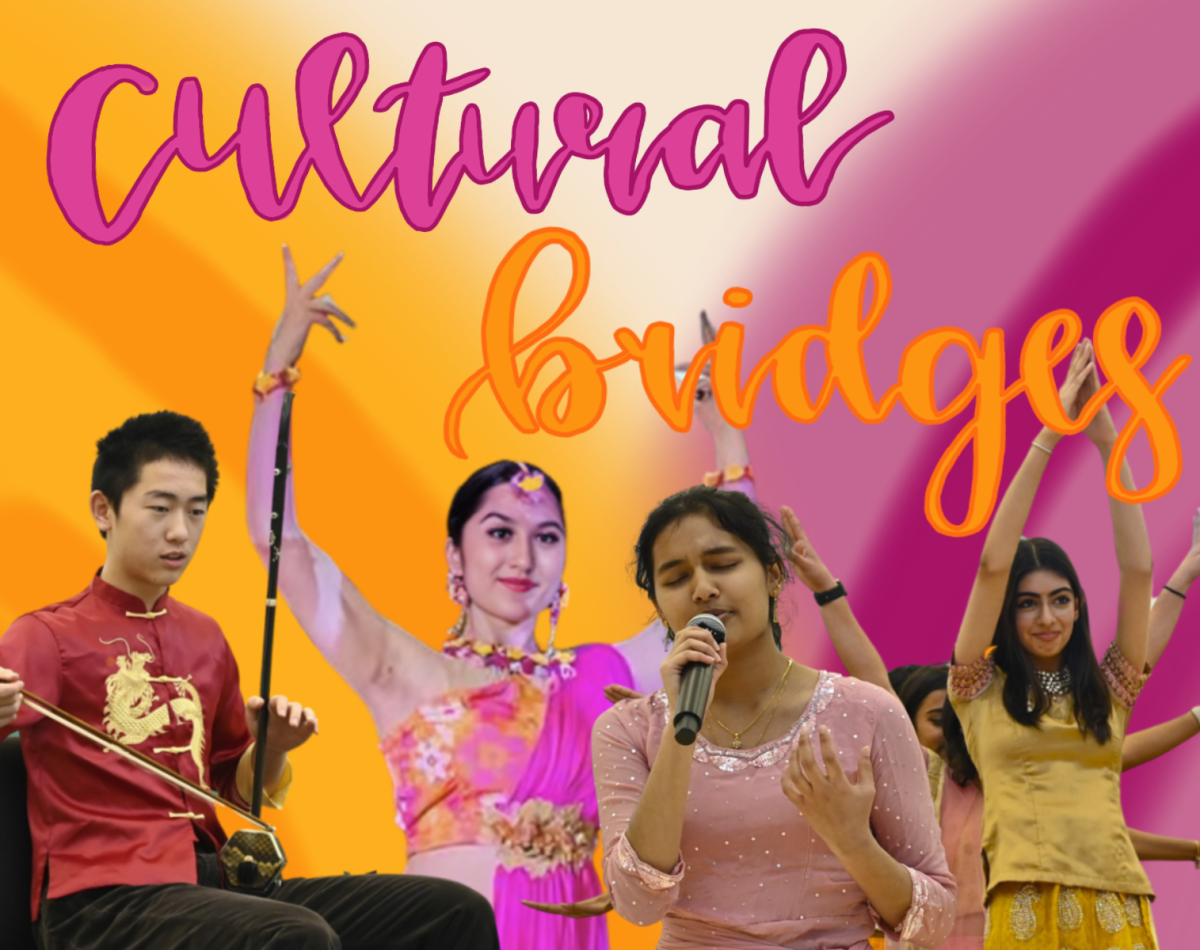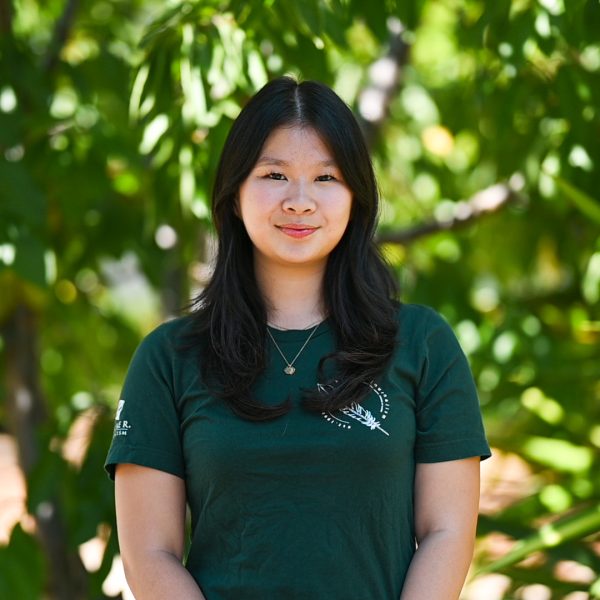Every step to a dance, every stitch for a keychain, every note from an instrument and every lyric in a song form a vibrant tapestry of cultural expression, weaving a connection between artists and their diverse backgrounds. Communities around the world maintain a connection to their roots and celebrate their identities through traditional music, dance and crafts.
For many second-generation high school students and immigrants at Harker, the arts allow them to express and connect with their cultures despite living in a different country.
Frosh David Tang began playing the erhu, a traditional Chinese bowed musical instrument, at age seven in a Chinese instrument ensemble located in the Bay Area. This ensemble showcased ancient instruments rooted in Chinese heritage, including the tones of the guzheng, a zither. Though David also plays the viola, erhu teaches him traditional string techniques distinct from those of the viola.
“I’ve usually played traditional erhu repertoire like ‘Sai ma,’ or racing horses,” David said. “The difference is in style because playing erhu in the Chinese style is really different from traditional Western style. But through that, I got to know a lot of Chinese pieces”
Sophomore Mindy Truong also connects to her roots through music. By playing the piano at her Vietnamese temple, she accompanies the congregation’s singing. Doing so transcends mere performance, forging deeper connections with people from her heritage.
“I enjoy performing in front of an audience that knows the song very well,” Mindy said. “It makes me happy that I’m able to bring some happiness into their life when they’re able to hear songs they’ve heard from their past being played out loud.”
Before immigrating to the United States, upper school Spanish teacher Isabel Garcia lived in Spain, where she was immersed in the rich culture of Spanish folk songs. Now, she draws from her connection with music and dance that originated in Spanish-speaking countries, such as salsa and tango, to impart an understanding of this culture to her students.
“Music and dance are an important part of our courses because we don’t only teach language,” Garcia said. “We teach culture, and we teach history, and we teach literature altogether. Students need to put a context to the language since just knowing grammar and vocabulary is not enough. It’s one way to teach the language right.”
Sophomore Victoria Ma embroiders and crafts bookmarks with traditional Chinese designs as part of her non-profit, Culturator. To her, embroidery is not only a cherished connection to her grandmother but also a means to help others reflect on their roots.
“I learned embroidery with my grandma, who I’m very close with,” Victoria said. “Embroidery reminds me of her and my Chinese roots. Getting to share my embroidered works with other people keeps me motivated to embroider because I see how happy it makes other people, and I love sharing my culture with other people.”
Dance, with its various styles originating from all parts of the world, can also serve as a cultural bridge between generations. For junior Tiana Salvi, who initially did Indian classical dance but now practices Bollywood, dance allows her to connect with her parents, who immigrated from India, over her performances and the music that accompanies it.
“It’s one way for me to connect to my culture and to my parents, as well,” Tiana said. “A lot of the time, I say, ‘We’re doing this song,’ and it’s a tribute to an artist who is from their generation, so it’s definitely connected.”
Tiana practices dance from her culture and other forms, like hip-hop. Tiana’s commitment to Bollywood dance remains steadfast because of the sense of community she has cultivated with peers and adults alike who share her Indian heritage.
“For the people who are closer to my age, this is one of the ways for us to connect with our culture,” Tiana said. “I was brought up here with that connection over not just dance, but also the music and how much we enjoy putting our heart and soul into it.”

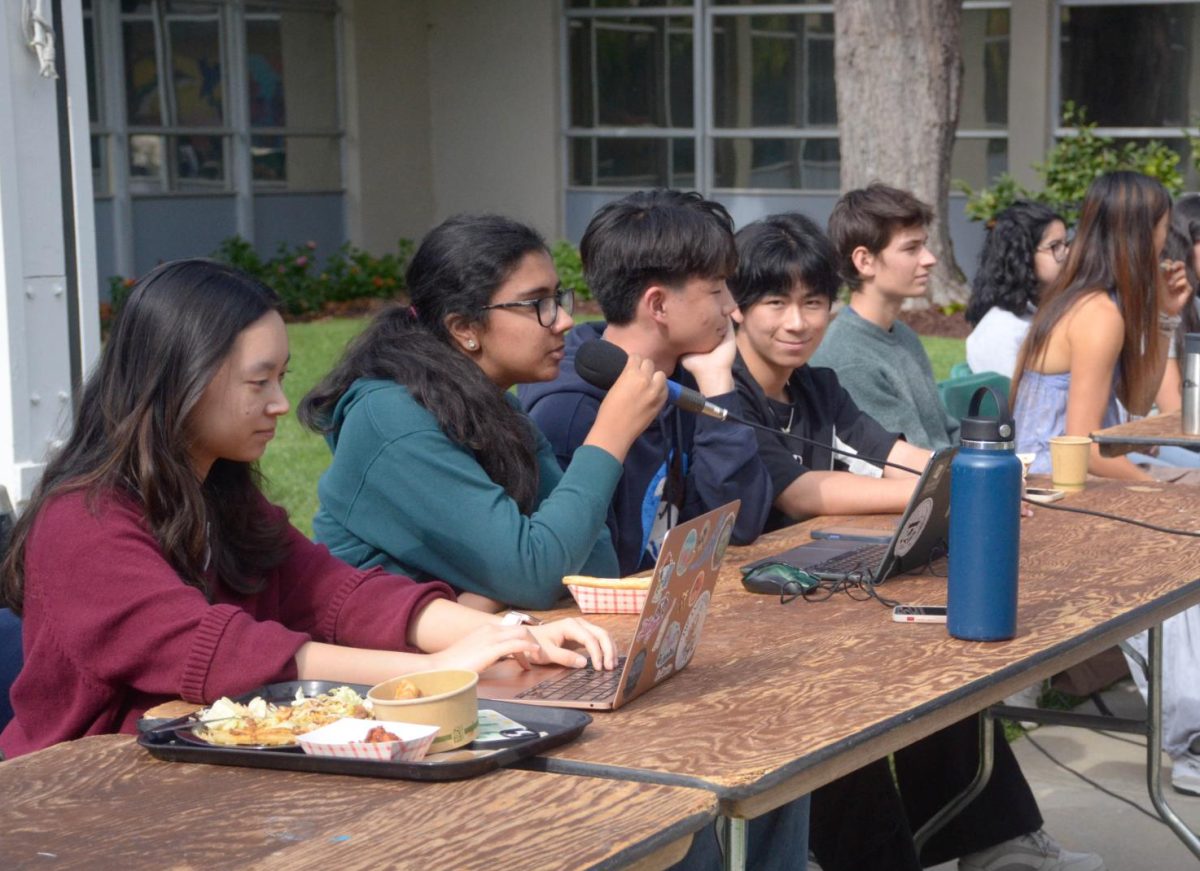
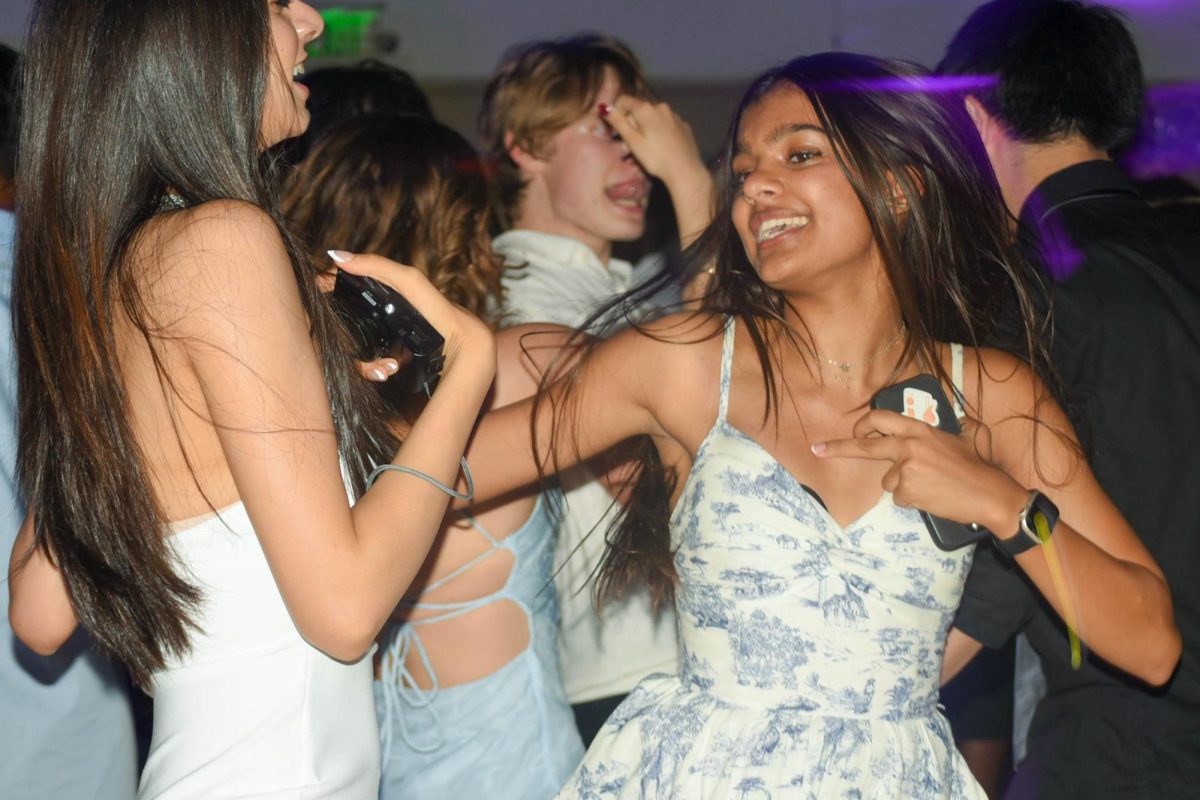
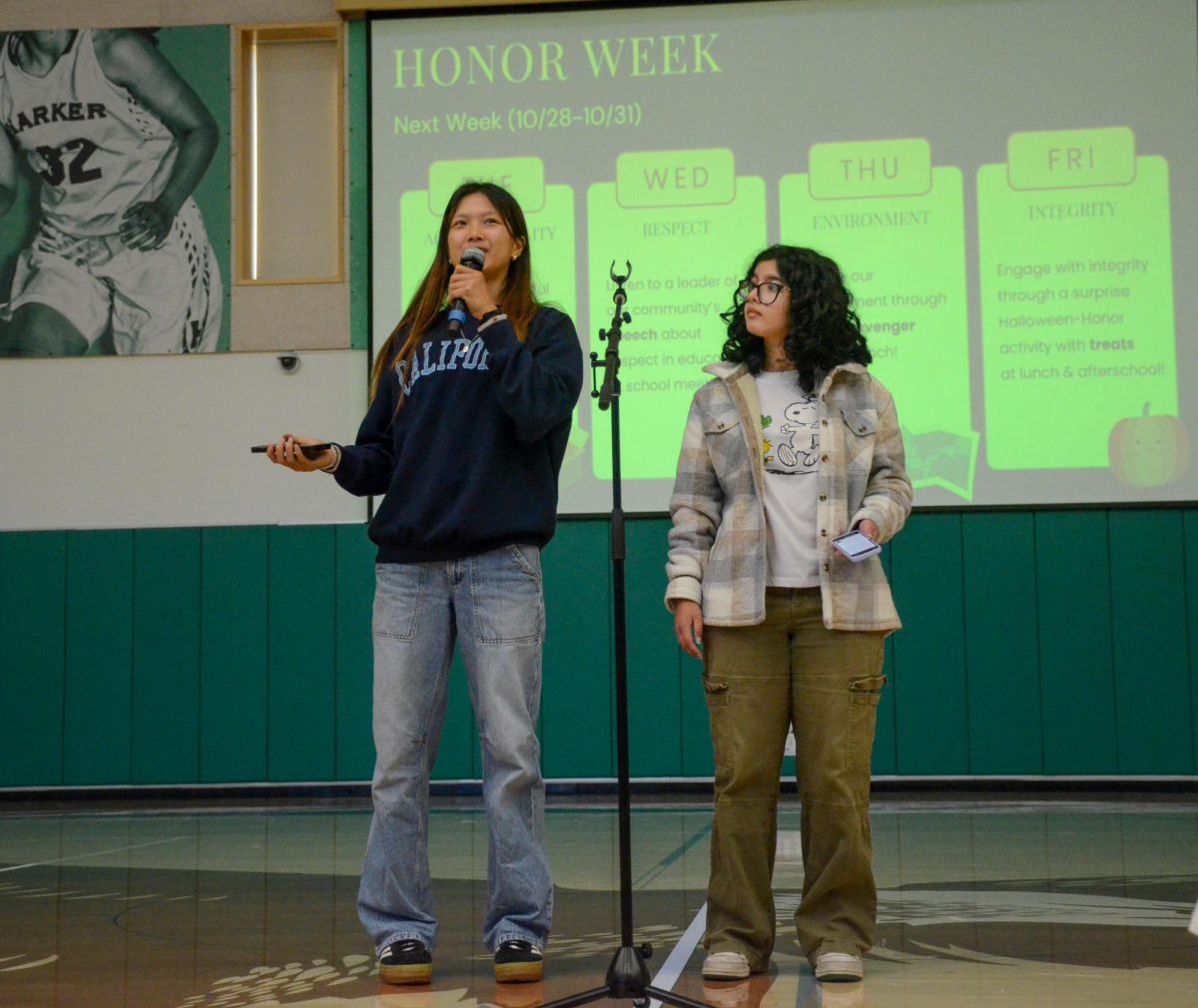
![LALC Vice President of External Affairs Raeanne Li (11) explains the International Phonetic Alphabet to attendees. "We decided to have more fun topics this year instead of just talking about the same things every year so our older members can also [enjoy],” Raeanne said.](https://harkeraquila.com/wp-content/uploads/2025/10/DSC_4627-1200x795.jpg)
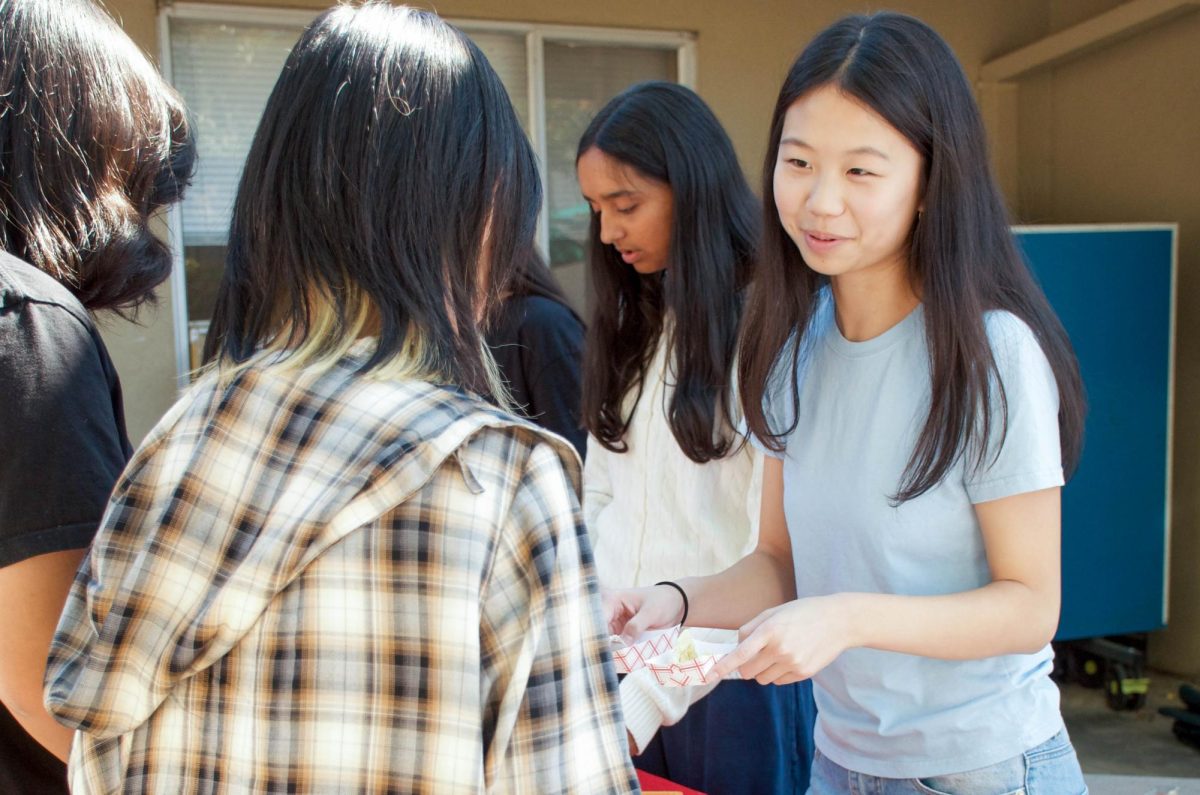

















![“[Building nerf blasters] became this outlet of creativity for me that hasn't been matched by anything else. The process [of] making a build complete to your desire is such a painstakingly difficult process, but I've had to learn from [the skills needed from] soldering to proper painting. There's so many different options for everything, if you think about it, it exists. The best part is [that] if it doesn't exist, you can build it yourself," Ishaan Parate said.](https://harkeraquila.com/wp-content/uploads/2022/08/DSC_8149-900x604.jpg)




![“When I came into high school, I was ready to be a follower. But DECA was a game changer for me. It helped me overcome my fear of public speaking, and it's played such a major role in who I've become today. To be able to successfully lead a chapter of 150 students, an officer team and be one of the upperclassmen I once really admired is something I'm [really] proud of,” Anvitha Tummala ('21) said.](https://harkeraquila.com/wp-content/uploads/2021/07/Screen-Shot-2021-07-25-at-9.50.05-AM-900x594.png)







![“I think getting up in the morning and having a sense of purpose [is exciting]. I think without a certain amount of drive, life is kind of obsolete and mundane, and I think having that every single day is what makes each day unique and kind of makes life exciting,” Neymika Jain (12) said.](https://harkeraquila.com/wp-content/uploads/2017/06/Screen-Shot-2017-06-03-at-4.54.16-PM.png)








![“My slogan is ‘slow feet, don’t eat, and I’m hungry.’ You need to run fast to get where you are–you aren't going to get those championships if you aren't fast,” Angel Cervantes (12) said. “I want to do well in school on my tests and in track and win championships for my team. I live by that, [and] I can do that anywhere: in the classroom or on the field.”](https://harkeraquila.com/wp-content/uploads/2018/06/DSC5146-900x601.jpg)
![“[Volleyball has] taught me how to fall correctly, and another thing it taught is that you don’t have to be the best at something to be good at it. If you just hit the ball in a smart way, then it still scores points and you’re good at it. You could be a background player and still make a much bigger impact on the team than you would think,” Anya Gert (’20) said.](https://harkeraquila.com/wp-content/uploads/2020/06/AnnaGert_JinTuan_HoHPhotoEdited-600x900.jpeg)

![“I'm not nearly there yet, but [my confidence has] definitely been getting better since I was pretty shy and timid coming into Harker my freshman year. I know that there's a lot of people that are really confident in what they do, and I really admire them. Everyone's so driven and that has really pushed me to kind of try to find my own place in high school and be more confident,” Alyssa Huang (’20) said.](https://harkeraquila.com/wp-content/uploads/2020/06/AlyssaHuang_EmilyChen_HoHPhoto-900x749.jpeg)



